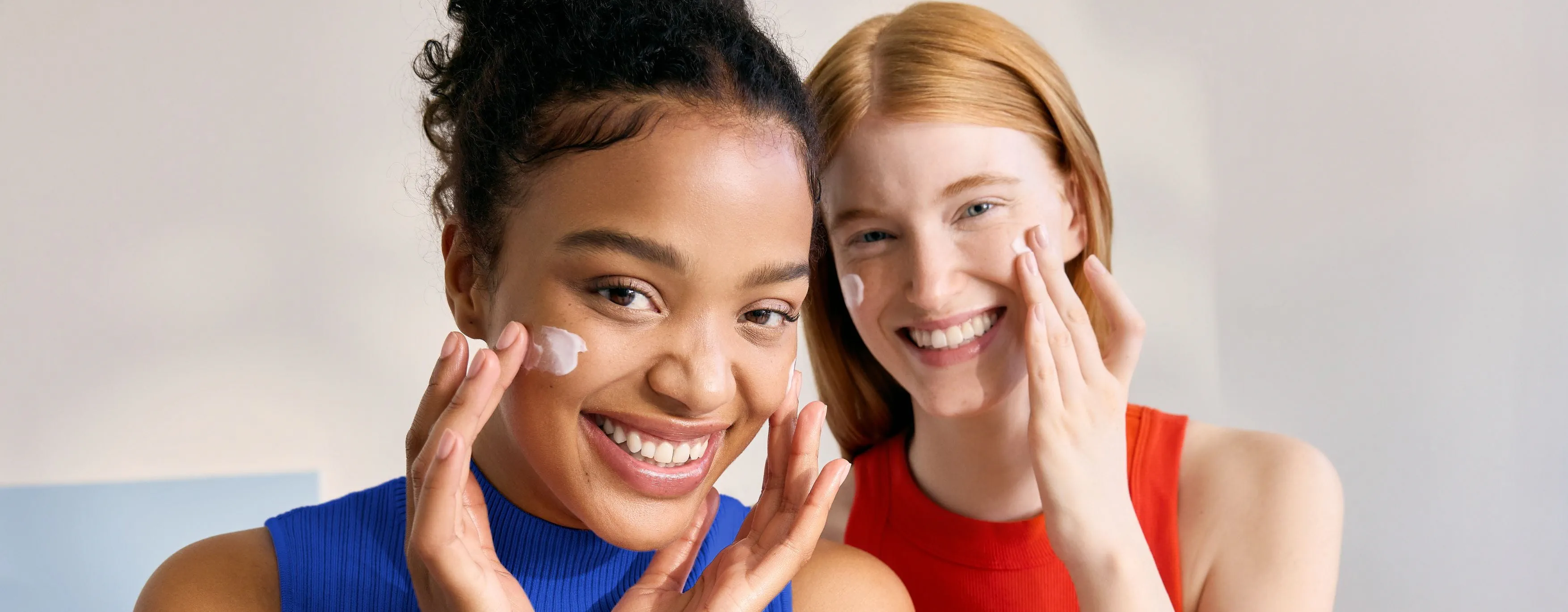Do You Have a Rare Skin Type? Here’s What Science Says
Do You Have a Rare Skin Type? Here’s What Science Says
Our skin is as unique as our fingerprints, yet most people categorize their skin as normal, oily, dry, combination, or sensitive. But what if your skin doesn't fit into these common classifications? You might have a rare skin type. Let’s explore what science has to say about these uncommon skin conditions and how to care for them properly.
Understanding Rare Skin Types
While dermatologists typically classify skin into basic categories, some individuals experience unique skin conditions that don’t fit neatly into these groups. These rare skin types can be influenced by genetics, environment, and medical conditions.
1. Extremely Dry and Peeling Skin (Ichthyosis)
Ichthyosis is a group of genetic skin disorders causing thick, scaly skin. The condition occurs due to a mutation affecting skin cell turnover, leading to a buildup of dead skin cells. Some types include:
- Ichthyosis Vulgaris – The most common type, causing mild scaling and dryness.
- Lamellar Ichthyosis – A more severe form where thick scales cover the body.
- Epidermolytic Ichthyosis – Associated with blisters and redness at birth.
How to Manage It:
- Use moisturizing creams with urea or lactic acid.
- Apply mild exfoliants to remove excess scales.
- Take short, lukewarm baths and avoid harsh soaps.
Learn more: Cleveland Clinic on Ichthyosis
2. Extremely Sensitive and Reactive Skin (Mastocytosis)
Mastocytosis is a rare disorder where the body produces too many mast cells, leading to skin rashes, blisters, and severe itching. It can be triggered by heat, stress, or certain foods.
How to Manage It:
- Avoid known triggers like alcohol and spicy foods.
- Use antihistamines to control itching and inflammation.
- Wear loose, breathable fabrics to prevent irritation.
More details: Healthline on Mastocytosis
3. Skin That Turns White When Touched (Dermatographia)
People with dermatographia experience raised, red lines on their skin after minor scratching or pressure. It happens due to an overactive immune response.
How to Manage It:
- Take antihistamines daily.
- Avoid scratching or rubbing the skin.
- Use gentle skincare products.
4. Blue-Tinted Skin (Methemoglobinemia)
Methemoglobinemia is a rare condition where blood contains too much methemoglobin, reducing oxygen delivery. This leads to a bluish skin tone, especially around the lips and nails.
How to Manage It:
- Seek medical attention, as it may require oxygen therapy.
- Avoid certain medications that can worsen the condition.
5. Skin That Blisters Easily (Epidermolysis Bullosa)
Epidermolysis bullosa (EB) is a genetic disorder where the skin is fragile and prone to blistering from minor friction.
How to Manage It:
- Use soft bandages to protect the skin.
- Avoid rubbing or friction.
- Apply topical antibiotics to prevent infection.
Rare Skin Types & Dermatologist Advice
If you suspect you have an uncommon skin condition, consulting a specialist like Dr. Pretty Singla, Dermatologist, can help diagnose and manage it. Her Pretty Skin Clinic offers personalized skincare solutions for rare conditions. Learn more at PrettySkin.in.
General Tips for Rare Skin Conditions
Regardless of the rare skin type, here are some universal skincare tips:
- Use fragrance-free, hypoallergenic products to reduce irritation.
- Hydrate well to support skin function.
- Apply sunscreen to prevent further damage.
- Consult a dermatologist for personalized care.
Final Thoughts
Understanding rare skin types is essential for proper skincare and treatment. Whether you have extremely dry skin, reactive skin, or a genetic condition, seeking medical advice is the best approach. If you're unsure about your skin type, a consultation with a dermatologist can provide clarity and effective solutions.
Disclaimer:
"The information provided is for informational purposes only and does not constitute medical advice. Readers should consult with a qualified healthcare professional for diagnosis and treatment."

Comments
Post a Comment